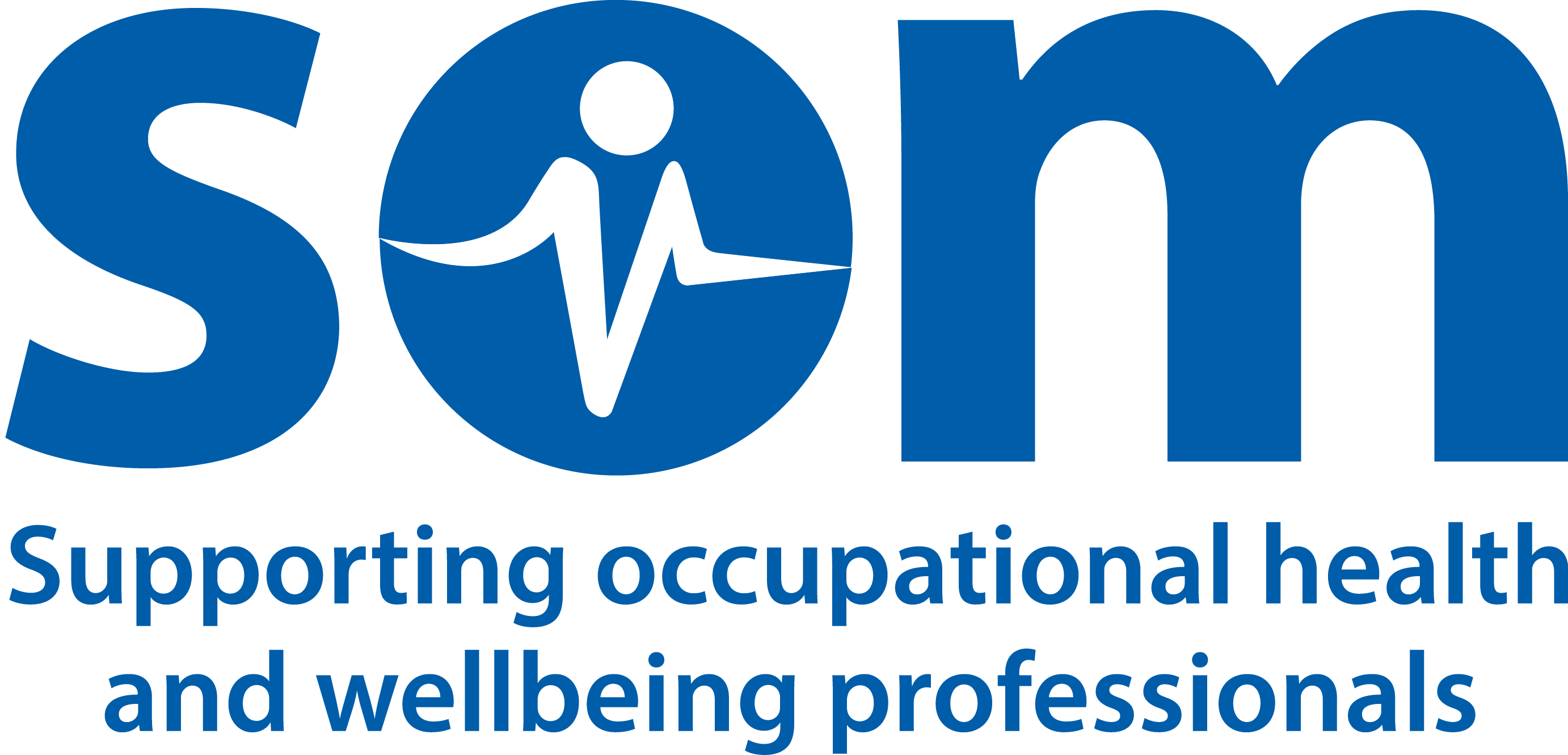
An open letter to the employment minister, signed by 28 organisations including the CIPD and SOM, highlights the economic and societal importance of workplace support for women’s health and reproductive challenges
The government has been urged to launch a review of the support for women’s health and reproductive challenges at work, to help organisations retain women across every life stage, tackle labour shortages and drive productivity.
In an open letter to employment minister Alison McGovern, organisations and business bodies are pressing for more government action to help employers invest in supportive policies for menopause, menstruation and fertility challenges as well as pregnancy or baby loss.
The letter has been organised by the CIPD, the professional body for HR and people development, and the Society of Occupational Medicine (SOM), which represents occupational health professionals. It has been signed by 28 organisations, including those in sectors key to the UK economy such as construction and retail.
There has been progress in employer support for some women’s health issues, with CIPD research* showing that 46% of organisations include support for menopause in their health and wellbeing activity. However, there are big gaps in support across several life stages, with only 37% of employers offering provision for pregnancy loss, 26% offering support for fertility issues and 18% supporting menstrual health challenges.
However, time off work to manage symptoms, stalled careers or dropping out of work altogether are commonplace for many women facing health or reproductive challenges. Women make up nearly half of the UK labour market, but fewer women than men are in employment and they are more likely to be economically inactive**.
The letter urges the government to take action by:
- Launching a review of workplace support for women’s health and reproductive challenges to identify the economic opportunities for strengthening support, guidance and enforcement of current regulations. This should be followed by an action plan
- Launching a high-profile campaign to motivate and give confidence to employers to develop working environments that provide understanding, flexibility and occupational health support for women’s health issues across their working lives
- Widening access to occupational health services and other health provision for those in and out of work to support people to remain in, or return to, appropriate work in which they can manage their health.
Rachel Suff, senior policy and practice adviser for wellbeing at the CIPD, said: “Tackling economic inactivity is a huge priority for the government and key to driving economic growth. But inadequate support for women’s health and reproductive challenges at work means many people feel forced to drop out of the workforce to manage their symptoms.
“With supportive employer policies, better people management support and the opportunity to access specialist occupational health support, we can keep more women in fulfilling and productive work. This will not only benefit individuals, by reducing inequality and supporting personal wellbeing, but will also be good for business and the economy by helping retain vital skills that contribute to positive business outcomes.
“We need the government to play its part by reviewing where the gaps in support exist, supporting employers to develop flexible and compassionate workplaces, and widening access to occupational health services.”
Emma Persand, chair of SOM’s Women’s Health at Work Network, said: “Occupational health is not a luxury or an afterthought – it is the foundation of sustainable productivity and human dignity in the workplace. Without proper attention to both physical and mental health at work, we witness the consequences ripple across families, communities, and entire industries. It's time we stop viewing occupational health as a checkbox and start treating it as the strategic necessity it truly is.
“We need urgent, coordinated action from employers, policymakers, and health systems to integrate occupational health into broader public health and labour strategies. This requires genuine investment in preventive care, better enforcement of safety standards, and inclusive policies that protect all workers – regardless of their status or sector.
“If we truly value people, we must act now to ensure every worker has access to safe, healthy, and supportive working conditions.”
*Findings from the CIPD and Simplyhealth Health and wellbeing at work 2023 report
**Based on official labour market statistics from the Office for National Statistics. In November 2024 – January 2025, the female employment rate (aged 16 to 64) was 71.7%, compared with a male employment rate of 78.4%. Among those aged 16 to 64, 25% of women were economically inactive, compared with 17.9% of men.

